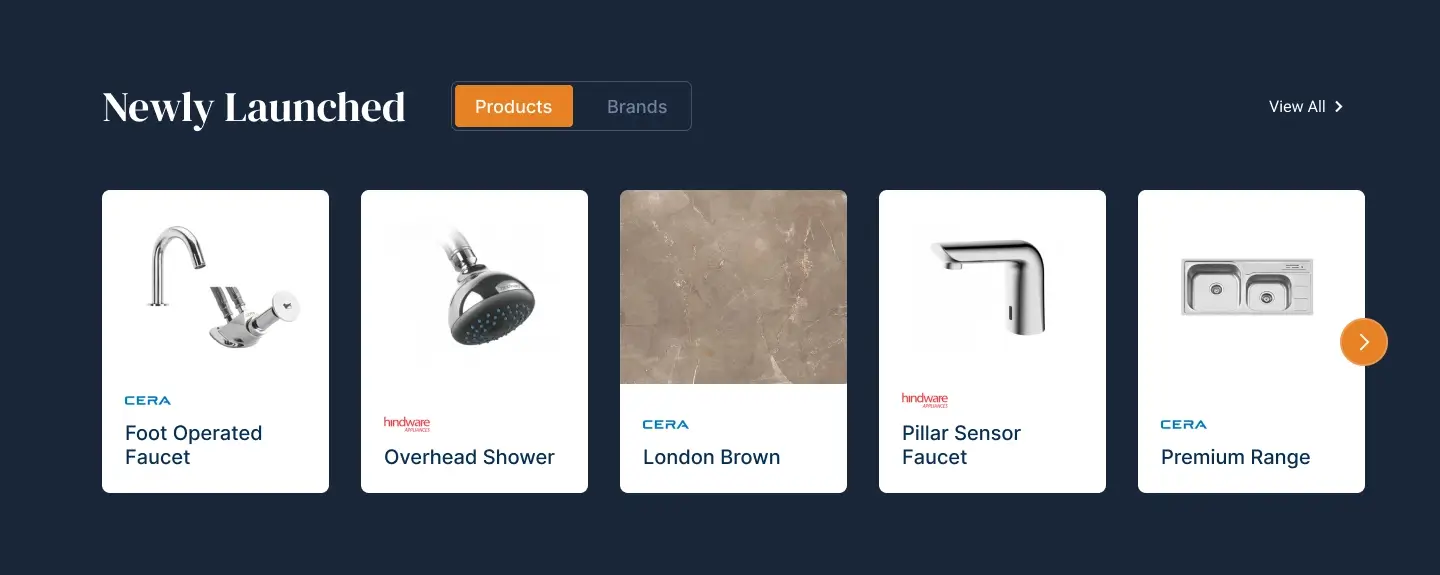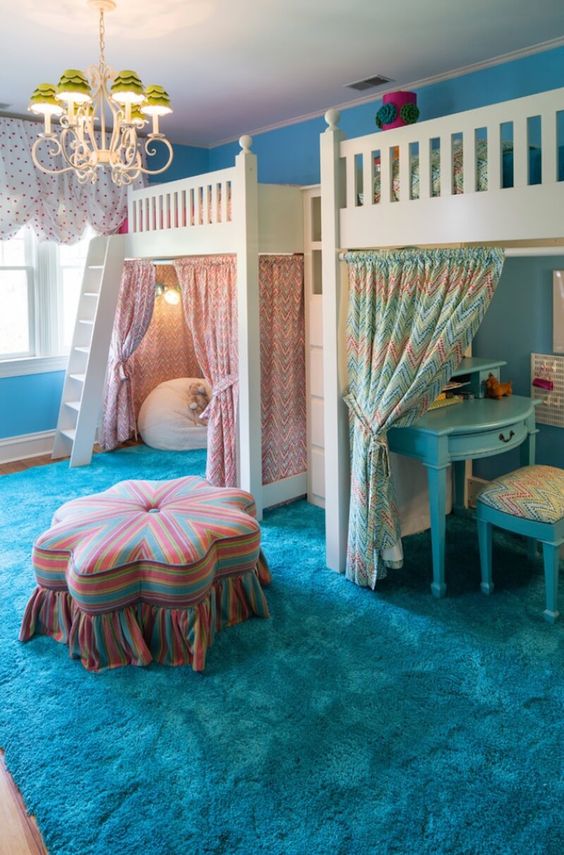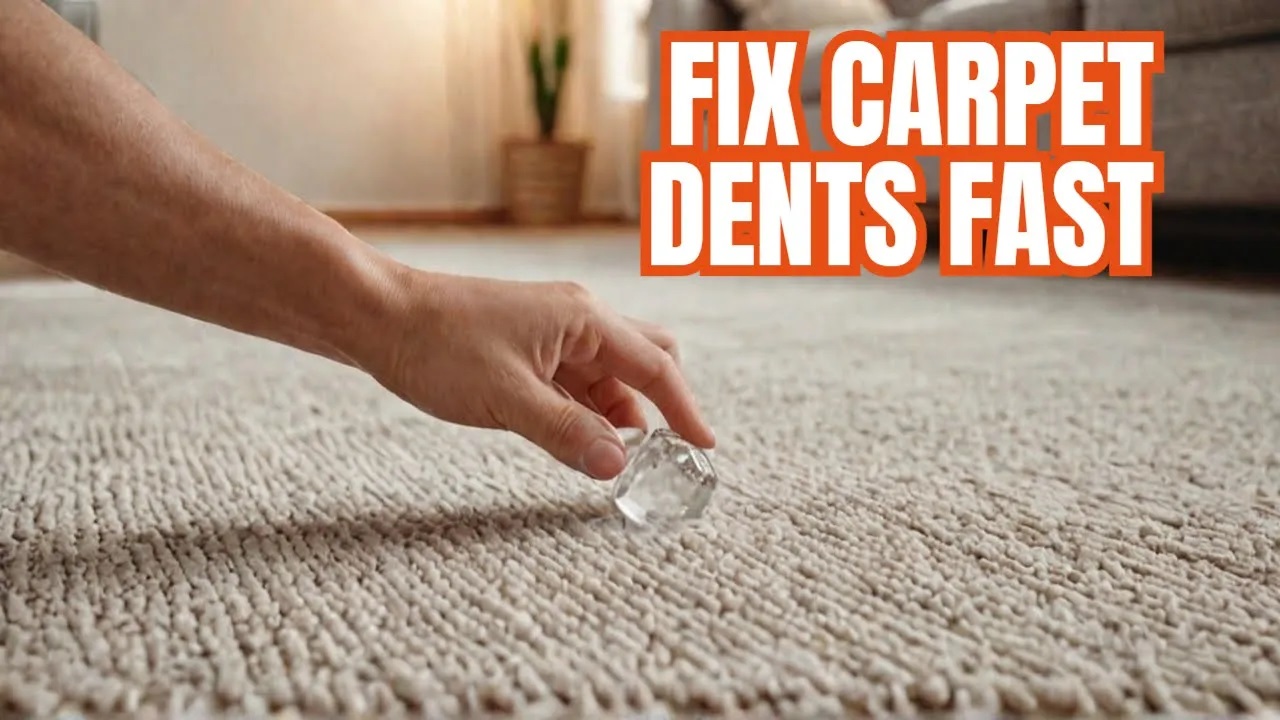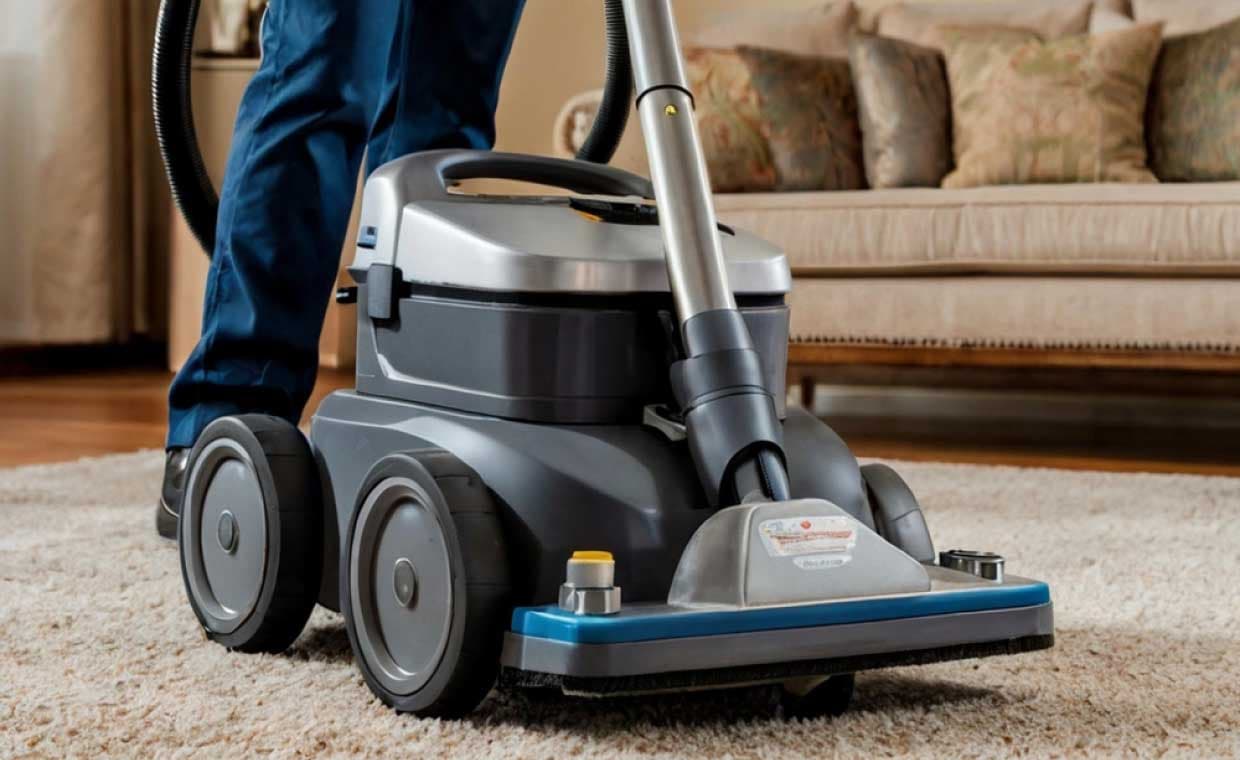
Table of Contents
Carpet Problems are inevitable hazards unless you take special and professional care. Carpets may look soft and inviting, but beneath the surface, they can hide more than just crumbs and dust. In Singapore’s warm, humid climate, carpets are vulnerable to moisture, allergens, and pollutants — all of which could quietly affect your family’s health. If your carpet hasn’t had a deep clean in a while, it may be time to look into professional carpet cleaning services.
From allergens to odours, here are seven common carpet problems that often go unnoticed — and why they matter more than you think.
1. Dust Mite Build-up

One of the nagging carpet problems is dust mites in carpet. Dust mites thrive in soft, humid environments — which makes carpets their ideal home. These microscopic creatures feed on dead skin cells and leave behind waste that can trigger allergies and asthma. Because they’re invisible to the naked eye, most people don’t realise they’re sharing their floor with thousands of them. According to the American Lung Association, dust mite droppings are a major indoor allergen and dust mites in carpet can worsen respiratory conditions in children and adults.
2. Hidden Mould Growth
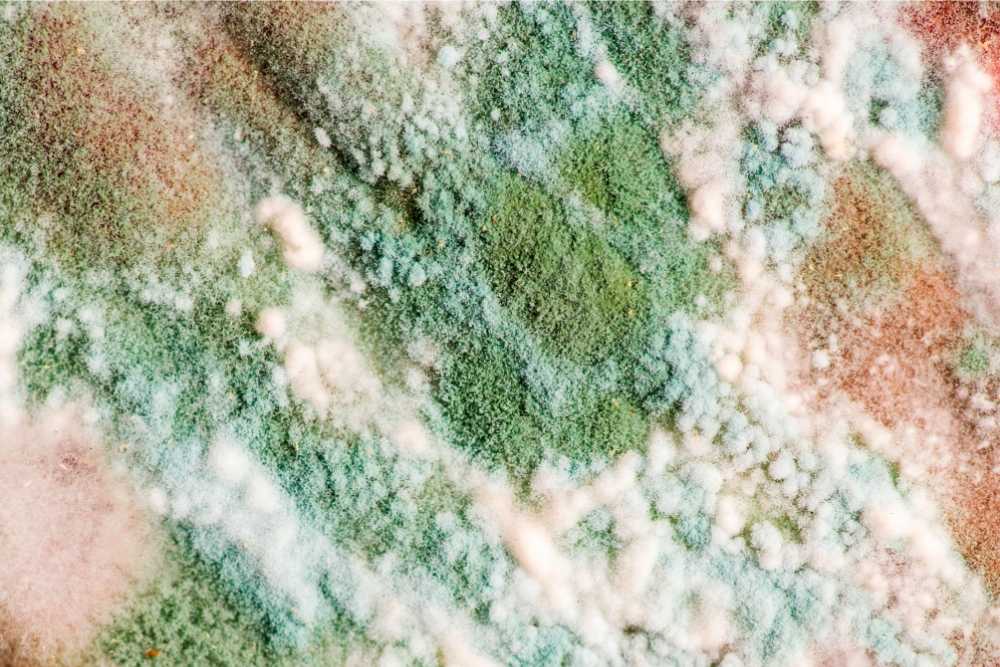
Moisture from spills, leaks, or humidity can seep into carpet fibres and underpadding, creating a breeding ground for mould, which is one of the most irritating carpet problems if left untreated. Exposure to mould spores may cause symptoms like coughing, sneezing, and even skin irritation. In some cases, long-term mould exposure can affect respiratory health. The Centers for Disease Control and Prevention (CDC) recommends keeping indoor spaces dry and well-ventilated to prevent mould buildup — something that’s hard to control if your carpet traps hidden moisture and tuns it into toxic carpet materials.
3. Pet Dander and Fur

If you have pets, your carpet likely holds traces of dander, fur, and even saliva — all common allergens. These particles can stick to carpet fibres and linger long after vacuuming and trigger unhealthy ambiance due to carpet problems. Regular grooming and vacuuming can help, but a deep carpet clean is the only way to fully remove what’s embedded in the fibres. For families with allergies or asthma, this is especially important to eliminate toxic carpet materials.
4. Chemical Residue from Past Cleanings

Ironically, DIY carpet cleaners or over-the-counter sprays may leave behind chemical residues that can cause skin irritation or headaches — especially in children or pets who spend more time on the floor. Inhaling certain cleaning chemicals has also been linked to respiratory discomfort, as noted by the Environmental Protection Agency (EPA).
5. Embedded Dirt and Fine Particles

Every time someone walks into your home, tiny particles from outside — soil, sand, pollutants — get trapped in your carpet and stay in your home as hidden carpet dangers. Over time, this creates an abrasive layer that not only wears down fibres but also adds to the dust circulating in your indoor air. Regular vacuuming can’t always reach what’s trapped deep down.
6. Odours That Linger

A musty or stale smell in your home may not be coming from the air — it could be your carpet. Spills, pet accidents, or even just accumulated humidity can leave behind odours that seep into the fibres and act as the recurring health risks of old carpet. Air fresheners may cover it up, but professional deodorising or steam cleaning is usually needed to eliminate the source.
7. Bacterial Build-up in High-Traffic Areas

High-traffic areas like hallways and living rooms often collect bacteria from shoes, pets, and daily use. If your household includes young children who play or crawl on the floor, this hidden bacteria may pose a health risk. Studies have found that carpets can harbour more bacteria per square inch than a toilet seat — yet they’re cleaned far less often.
If you’re starting to wonder what’s hiding beneath your carpet, it might be time for a deep clean.
Conclusion
Your carpet may look clean at a glance, but what’s buried beneath the surface could be compromising your family’s health and can act as a trigger for allergies and respiratory discomforts. Dust mites, bacteria, hidden mould, and trapped allergens from carpet can quietly affect your indoor air quality and well-being. While regular vacuuming helps, it often isn’t enough.
Scheduling a professional carpet cleaning every 6 to 12 months is one of the best ways to maintain a healthier home — especially if you have children, pets, or allergies. It’s a simple step that can make a lasting difference for your family’s comfort and peace of mind.
Read More: Taking Care of Your Rugs and Carpets: Keep These Points in Mind



